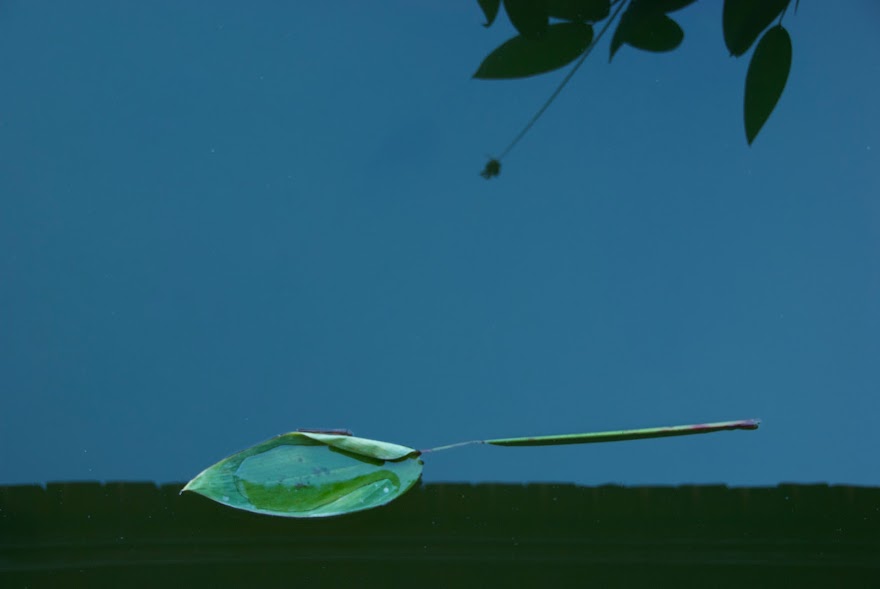GANNET is heeled to port.
I filled three of the four water jerry cans this morning. The fourth was still full of St. Helena water and I left it in place. Three of the four are stowed port of the centerline and I’ve moved other bags onto what was Carol’s berth on the port side of of the v-berth. I’m going to sleep tonight and Monday on the starboard side of the v-berth before moving to full passage mode and a pipe berth Tuesday night.
I fit the Torqeedo on the outboard bracket and ran it for five minutes this morning. That is more than I need to get out of here. The charge reading was 98% when I started and 97% when I turned the motor off. I’ll charge it again overnight. I don’t know what to make of this and so long as it gets us out of our slip, it doesn’t matter. I can anchor under sail if necessary in Key West and row ashore and get the new battery.
I have charged the Yellowbrick. The ship’s batteries are fully charged.
On Tuesday I will go to the supermarket, the wine store, get a load of laundry done, and pay the marina bill.
This marina claims to be five star. In some ways it is. The docks are new and excellent. The staff are helpful. The plumbing in the shore facilities is not five star.
It costs far less than I expected. Slip fees are according to length and obviously GANNET has an advantage, but the charges for her are only about $16 U.S. a day. I was checking online and marinas in Key West charge $3-4 US per foot per night.
There were four books in our resort bungalow, two histories of St. Lucia, one St. Lucian historical novel, and a book of poetry. I read all but the poetry, which was not good, and now could give a pretty good summary of St. Lucian history: Arawaks killed by Caribs. Caribs killed by Europeans, both by weapons and disease. England and France fight over the island for more than a hundred years, during which possession changes hands fourteen times, until England gains final control at the end of the Napoleonic Wars until the island becomes an independent nation in 1979. Sugar for three hundred years followed by bananas since WWII, when the US built an air base in the south and a naval base in the north. African slavery followed by Indian indentured servitude. Current economy based on bananas, manufacturing and tourism.
Two curious facts: With a population of 180,000 St. Lucia has the highest per capita ratio of Nobel Prize winners of any nation. Two. One in economics, one for literature. The one for literature went to Derek Walcott, of whom I had not known. I bought two books of his poetry and am enjoying his epic poem, OMEROS.
Taxi prices are outrageous. The island is only 26 miles/43 kilometers long. The international airport is at the south end of the island. Rodney Bay marina near the north end. The taxi fare: $80 US. To get from Rodney Bay to the resort where we stayed half way down the island: $70 US. Carol’s shared taxi from the resort to the airport: $50. My taxi from the resort back to the marina: $65.
Carol observed that taxi fares almost equalled her round trip airfare from Chicago.
